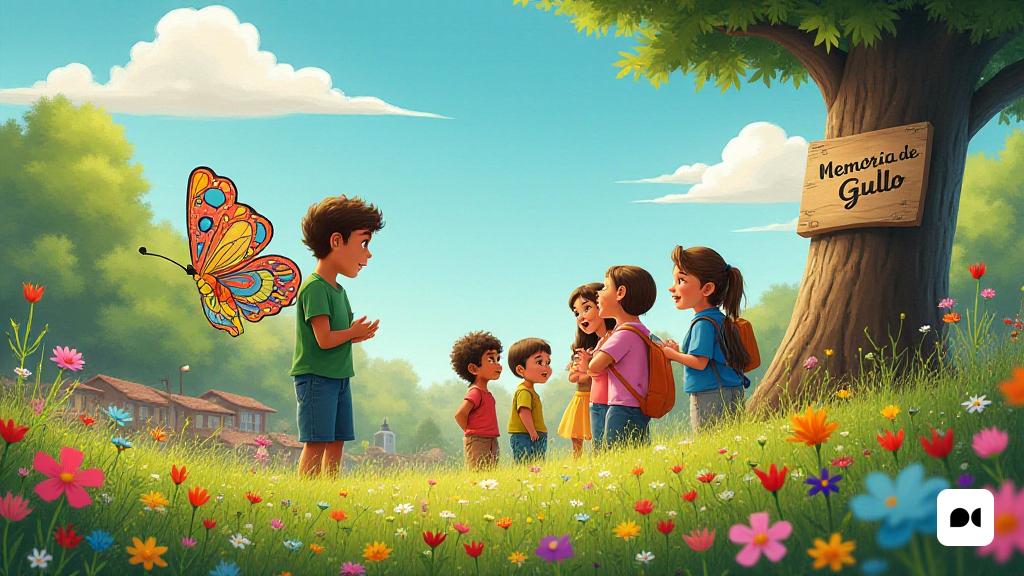A new story for future generations
A new book has recently arrived at the bookstores entitled ‘The flight of Guillem. A story for memory ‘, published by Caliu Espai Editorial. This work not only tells the sad story of Guillem Agulló, a young murdered activist, but also seeks to create a space for reflection and dialogue among younger generations on such delicate topics as hatred, violence and fascism.
The purpose of a transformative narrative
The Caliu Espai publishing house, through its Xicalla collection, undertakes to use children’s literature as a tool for social change. ‘The flight of William’ joins other significant works such as ‘and, in spite of everything, Palestine’ and ‘The rice of the paella’, to create a critical awareness in the little ones.
The power of tenderness in the narrative
With illustrations by Helga Ambak, the story is presented as a choral work, which includes music, narration and a dossier with didactic proposals. The authors, Ricard Tàpera and Bethlehem Agulló, tell us how they have addressed the creation of a story that not only seeks to remember but also to celebrate life and creativity.
A creative process with emotional depth
The starting point for the creation of the book goes back one year, when remembering the murder of William. Tàpiers felt the need to tell his story in a way that resonated with future generations, and shared his idea with Bethlehem, who immediately joined the project.
Butterfly symbolism
The butterfly emerges as a central symbol in the narrative, representing transformation and the Renaissance. Bethlehem emphasizes that the connection with swimming, one of the passions of Guillem, was a key moment in the development of the story.
An account for reflection and teaching
The book addresses difficult topics with sensitivity, avoiding a direct treatment of fascism and murder. Tàpiers and Agulló long debated how to present the story, looking for a way that would allow children to understand without traumatizing.
The family’s letter
At the beginning of the story, a letter from Guillem’s family offers a context that helps to place readers in the reality of what happened. Bethlehem explains that this letter is mainly aimed at parents, to help them transmit the importance of remembering and respecting Guillem’s memory.
A message of resilience
The story of William is a reminder of the importance of the fight against hatred and injustice. Bethlehem emphasizes that Guillem could have been any of them, a friend or a neighbor with great potential and passion for life that was interrupted by violence.
Music and education in the narrative
The incorporation of music, with the collaboration of Panxo and Marcos Úbeda, brings an additional dimension to the project. The song that accompanies the book seeks to connect with readers through rhythm and melody, facilitating a richer and more accessible experience.
Activities to encourage memory
The teaching proposal includes activities designed for children from 5 to 12 years old, who promote active participation and artistic exploration. Tàpiers and Agulló have created a set of activities that allow children to connect with history and memory in a significant way.
A living legacy
William’s memory not only belongs to his family, but also to the whole society. Bethlehem emphasizes that it is vital to continue remembering and sharing its story to prevent them from forgetting. The struggle for justice and continuous equality and ‘The flight of Guillem’ is another step in this direction.

